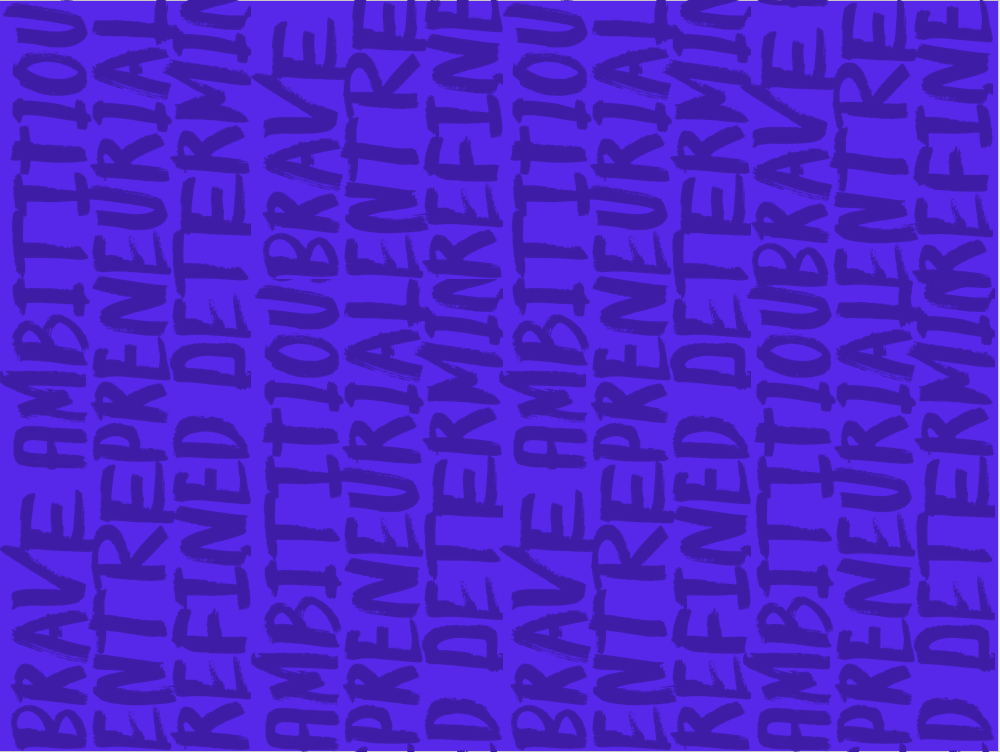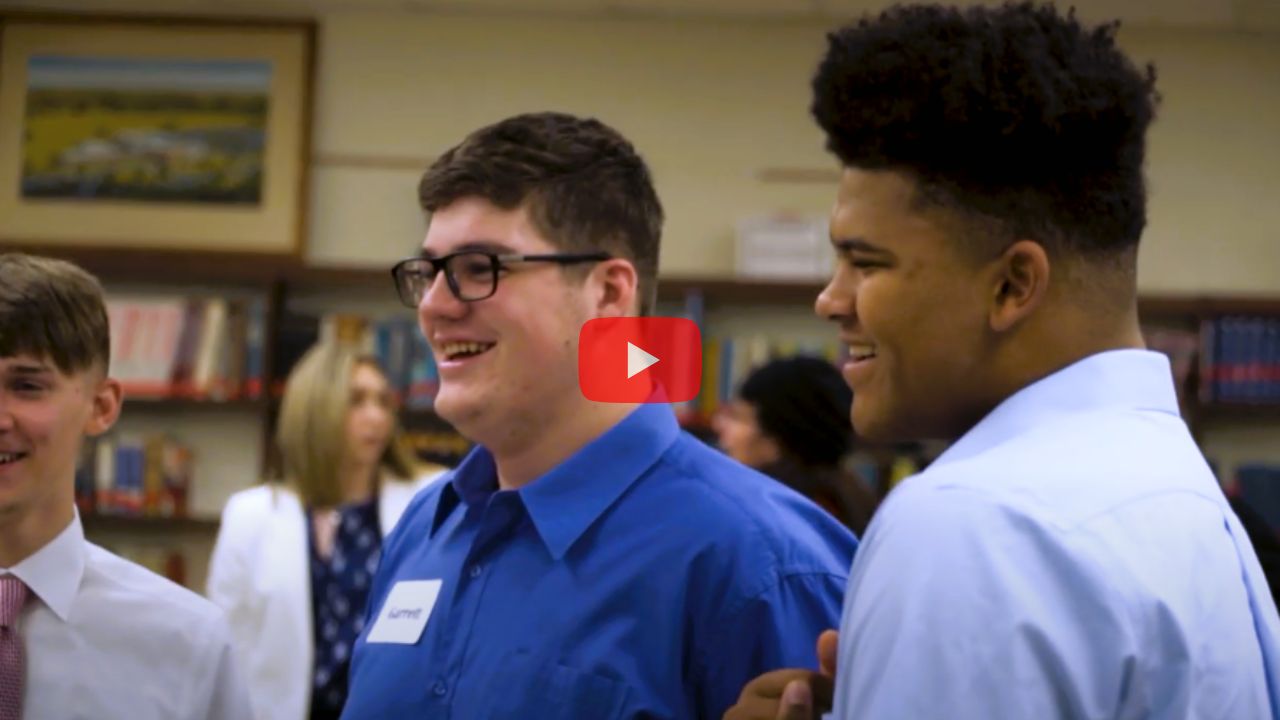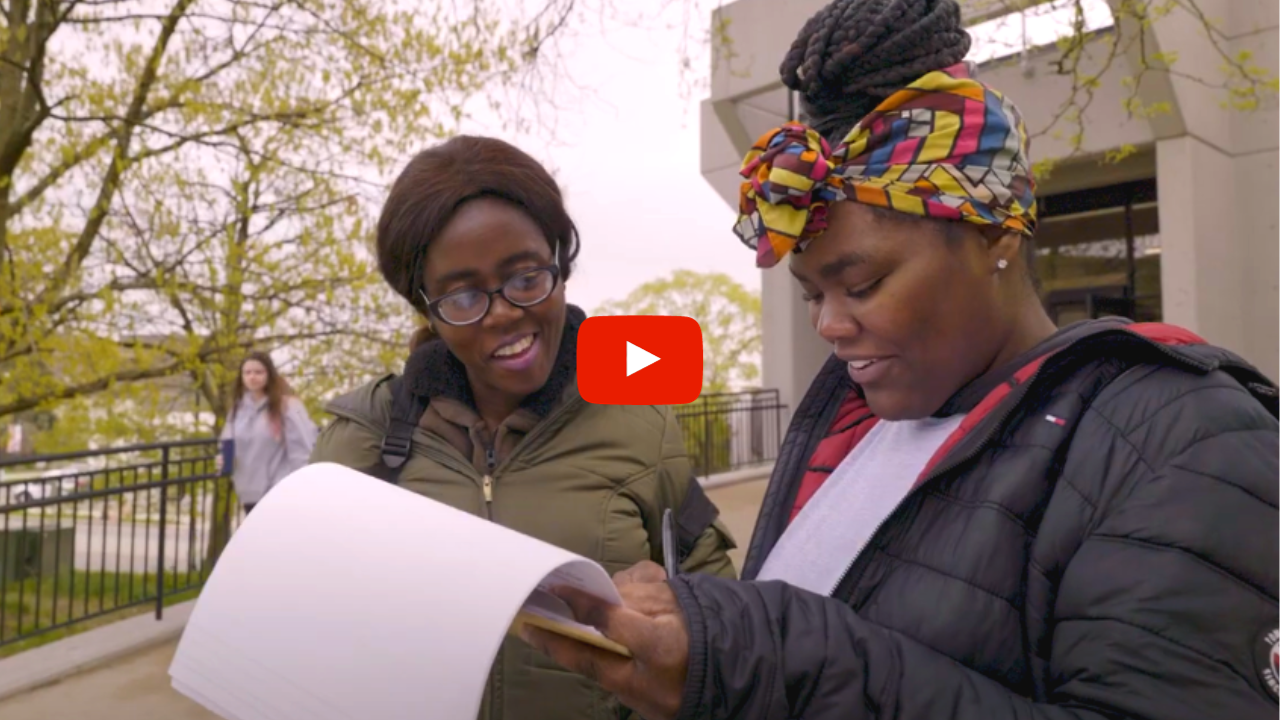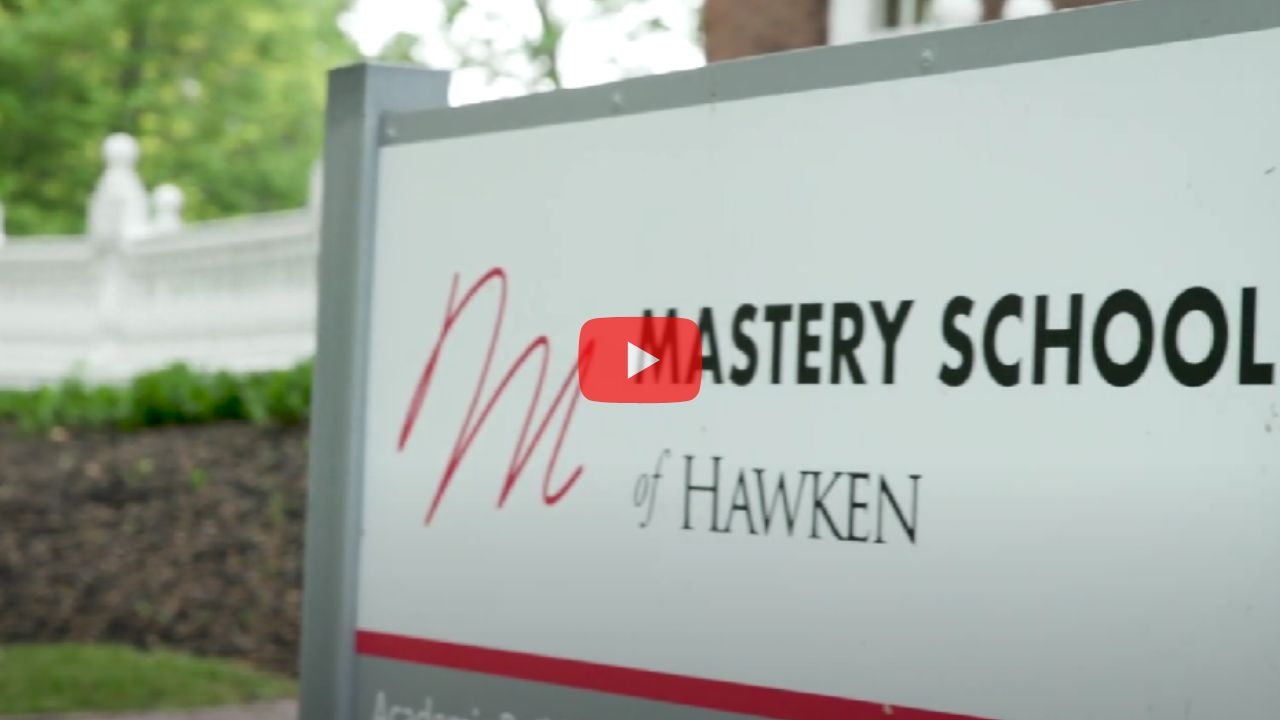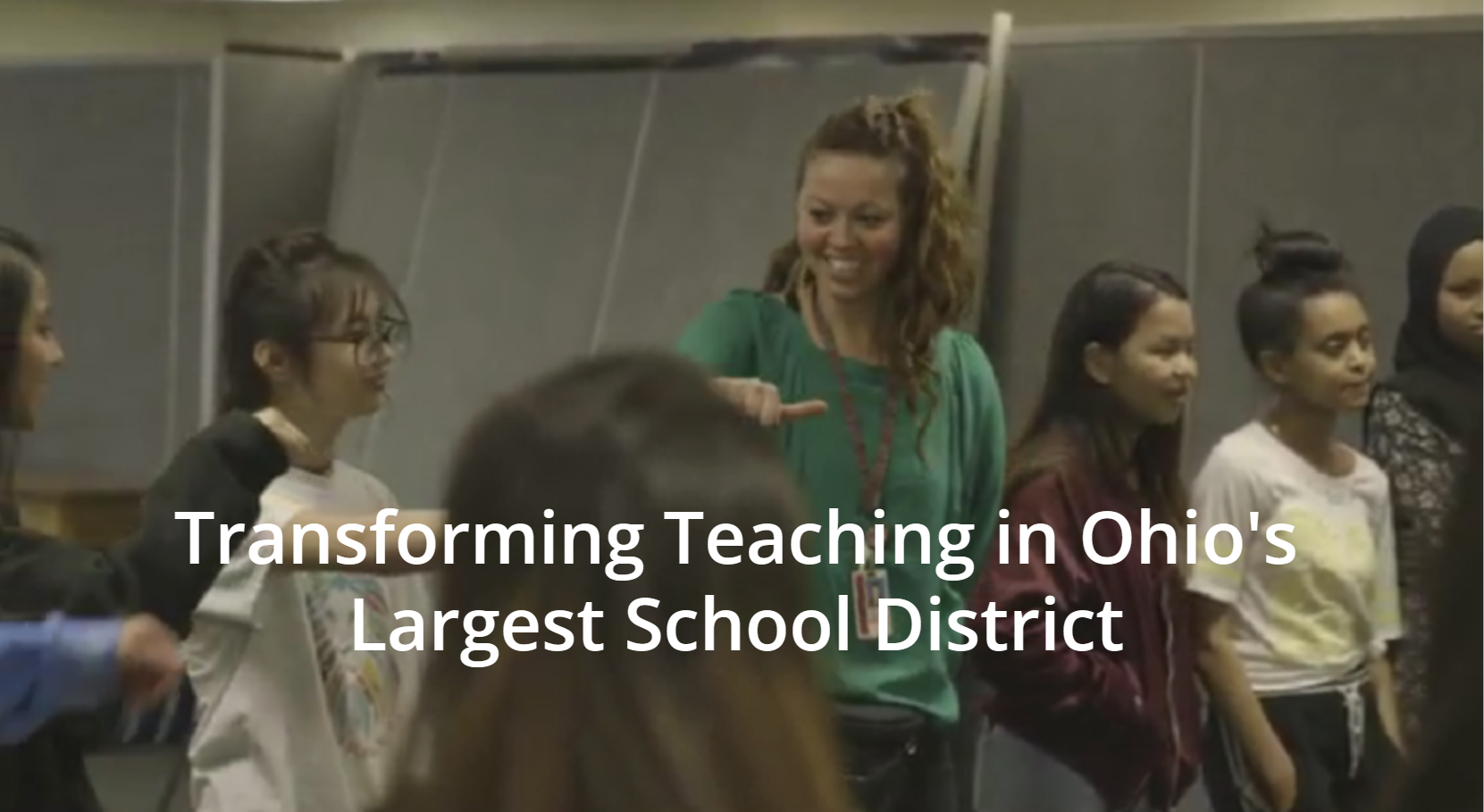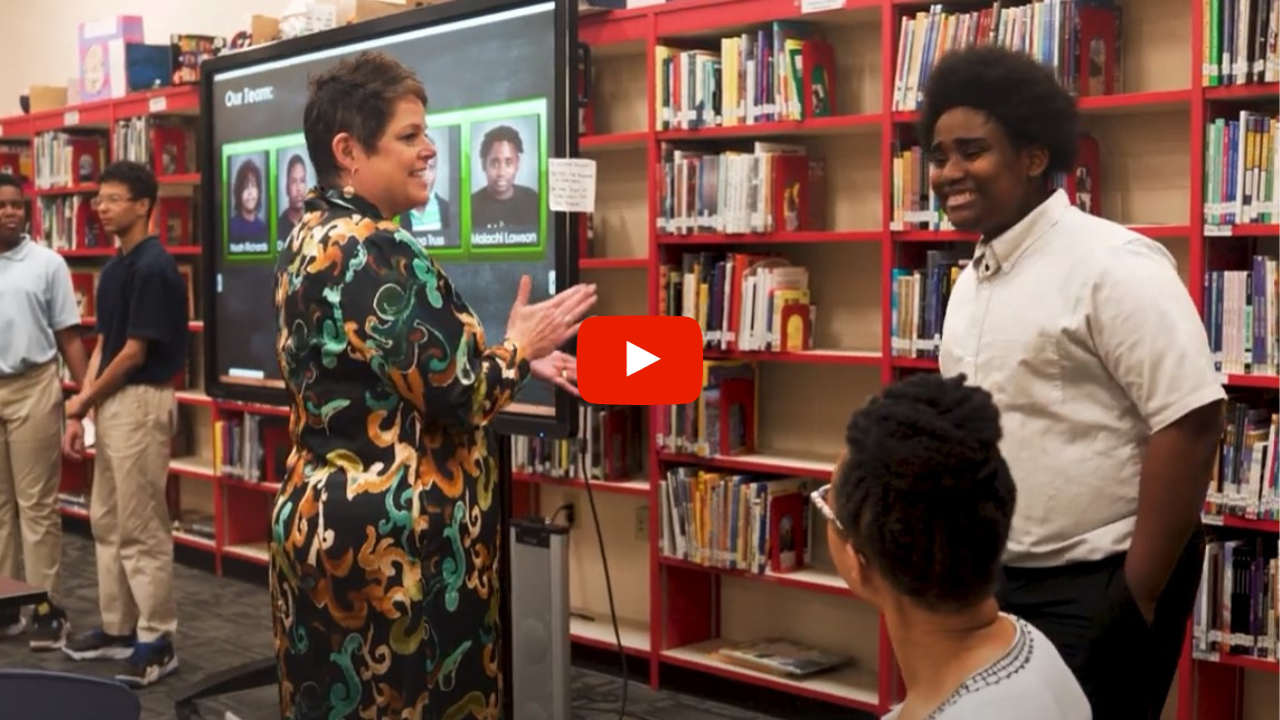Elementary school teacher, Terri Santee, needed a way to get her students engaged in their learning when they returned to school after the COVID-19 pandemic. She decided to implement a community project using Korda Institute’s methodology and worked with the mayor’s office to present her first graders with a real-world challenge. To solve it, they had to learn how to research, analyze data, and collaborate with each other. Watch the video below to see what Terri discovered about her teaching practice and how the students’ evidenced-based solutions in their community project led the mayor’s office to an unexpected outcome for the community.
“To hear kids say that they wanted to come to school and they didn’t want school to end, you knew you were making an impact on them.”
-Terri Santee, 1st Grade Teacher at Buckeye Local School District
First Graders Take on Community Project with Mayor’s Office Transcription
Terri Santee (00:03):
To hear kids say that they wanted to come to school and they didn’t want school to end, you knew you were making an impact on them.
(00:17)
I have been teaching for, this will be my 27th year. Coming off the covid, you just saw a gap with the kids. They were not motivated. This was the chance to take an opportunity. I’m like, okay, I’ve got to draw these kids back in. We’ve got to make them want to come back to school and this did it. You go through school, this is how you’re supposed to do it. But this was different. This was taking my teaching and totally changing my whole thought process on how I teach. You have to give up a lot of traditional teaching in order to do this. So this was a learning thing for me because you have to just let the kids go through this process.
(00:57)
My students are six and seven year olds. They all like to play and they come from a community where there’s not a lot of playgrounds and stuff. My husband has a lot of connections with the community, so he contacted the mayor. We asked her if she would be interested in working with first graders. They were going to put more soccer fields, more football fields. But then when the kids did the research and asked the community what they wanted, they found out that what they didn’t want was organized sports there, that they have other places to go to play organized sports, that they wanted something with water. They wanted a peaceful park. They wanted pavilions. They wanted a walking track. If they didn’t do that research, what they would’ve put there would’ve been opposite of what the community actually wanted.
(01:38)
As I went through the process, I realized that they were doing math. They learned graphing. They learned how to add, subtract, that they even got into percents, things I don’t teach in my standards. And that was because they had questions and they would see a graph, well what does that mean? I realized that I was hitting more standards by teaching this real world stuff than I was if I just planned on a lesson. This is what we’re doing in math today. This is what we’re doing in reading today. They learned a lot. They learned even just how to compromise, how to work together, how to be a team. They had to learn to listen. That’s the big thing. Listen and really learn what the people wanted. You could embed all of those things into a project. The kids realized that they made a difference. It was their work. It wasn’t my work. It was their work that did it. I think it’s just sending them a message that they can make a difference. Their thoughts, their opinions do matter. The kids loved it. I loved it. It changed me as a teacher. It really did.

